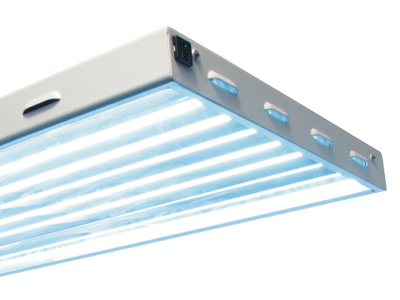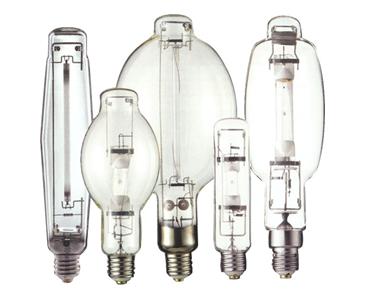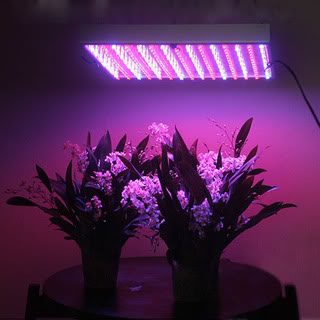What type of lighting should I use for my indoor garden?
Choosing a lighting system is one of the most important decisions a gardener can make when setting up their indoor garden. Lighting is key for photosynthesis to take place so without the proper lighting system, plants will have stunted growth, decreased yields and/or the death of the plant. Regular household lighting will not work well for indoor gardens because they are not powerful enough and do not have the proper color spectrum for plant growth. There are two main types of indoor lighting:fluorescent lamps and high-intensity discharge bulbs (HIDs). Both types have different benefits and drawbacks, so the proper lighting system depends on the grower's needs.
Fluorescent lamps for indoor gardening are more powerful than the fluorescent bulbs found in many homes or offices. Fluorescent bulbs are available in a variety of colors on the color spectrum and can be easily changed out based on the grower's needs. Fluorescent bulbs are best for seedlings and smaller, leafy plants because the light is not powerful enough to penetrate through larger, more bushy plants. There are several types of fluorescent bulbs available for indoor gardening, the most popular being T5 fluorescent tubes and compact fluorescent bulbs (CFLs). T5 bulbs are the most efficient fluorescents for growing and use very little energy. CFLs also use very littl energy and are great for concentrating the light produced onto a smaller area. Fluorescents do have drawback too, especially when dealing with larger, bushier plants. Fluorescents do not produce as much lght as HID bulbs and do not pnetrate through upper foliage as well as other lighting options.
HID lamps come in two main varieties: high pressure sodium (HPS) and metal halide (MH). Both types of HID bulbs will provide more usable light to the plants than fluorescent lamps, however both MH and HPS bulbs produce a much greater amount of heat. Because of this greater amount of heat, the reflectors for HID bulbs should be air-cooled to ensure a safe temperature for your grow room. Also, bulbs should be changed out regularly depending on their type and amount of use. Over time, both the HPS and MH bulbs loose their potency and efficiency, so regular maintenance and attention can go a along way.
High pressure sodium lamps are the most efficient bulbs available for indoor lighting, giving the greatest amount of usable light for energy used. HPS bulbs radiate a more red spectrum of light, mimicking the autumn sun. HPS bulbs are generally recommended for use during the flowering cycle and should be changed out every 18-24 months.
Metal halide bulbs are also more efficient than the fluorescent lamps and provide a good deal of usable blue spectrum lighting. Blue spectrum lighting most closely mimics the sun during the summertime. It is recommended that MH bulbs are used for the vegetative cycle of plant growth and are changed out every 12-18 months.
LED (light emitting diodes) lighting is relatively new to the hydroponic industry but has great potential for indoor gardening. LEDs can focus on specific color spectrums, thus creating more usable light for plants. LEDs also use very little energy and bulbs typically last much longer than any other type of indoor gardening lights. However, LED technolgy is still new and has several drawbacks. The initial cost for an LED lighting set up is much greater than any other type of indoor lighting. Also, LEDs do not have the penetrating power that is available from HID bulbs, therefore yields are often drastically reduced with this type of lighting.



